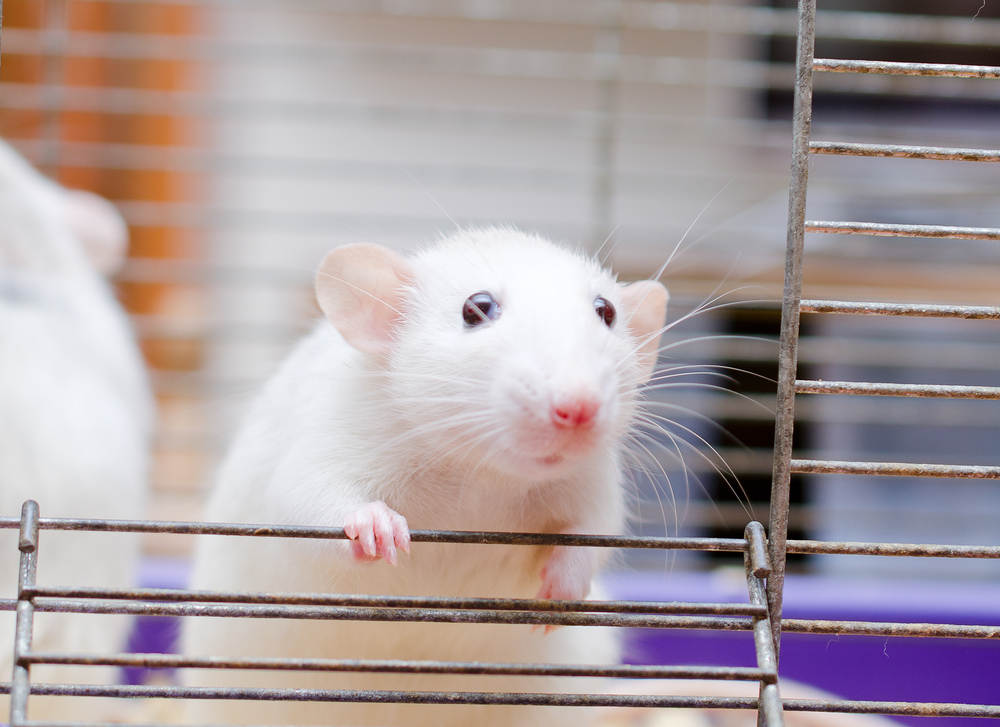Plant Chemical Chrysin May Protect Against Parkinson’s-related Changes, Mouse Study Suggests

Chrysin, a chemical commonly found in plants, may ease behavioral, cognitive, and neurochemical changes in Parkinson’s disease, according to a mouse study.
The study, “Chrysin protects against behavioral, cognitive and neurochemical alterations in a 6-hydroxydopamine model of Parkinson’s disease,” was published in Neuroscience Letters.
Studies have confirmed the involvement of neuroinflammation and oxidative stress in the development of Parkinson’s disease. Oxidative stress is an imbalance between the production of free radicals and the ability of cells to detoxify them, resulting in cellular damage as a consequence of high levels of oxidant molecules.
Both molecular phenomena have been implicated in the degeneration of dopamine-producing neurons — the type of nerve cell that is lost in Parkinson’s disease.
Chrysin is a naturally occurring flavone commonly found in fruits and vegetables. Evidence indicates the plant chemical has anti-allergic, anti-cancer, anti-inflammatory, and antioxidant properties.
A Brazilian team of researchers have now investigated the effects of a 28-day chrysin treatment (10 mg/kg/day, given orally) on a female aged mouse model of Parkinson’s disease.
The Parkinson’s Disease News Today forums are a place to connect with other patients, share tips and talk about the latest research. Check them out today!
Researchers first injected a neurotoxin called 6-hydroxydopamine (6-OHDA) into the mice’s right striatum — a brain region involved in voluntary movement control that is severely affected in Parkinson’s. This neurotoxin causes cellular dysfunction and death of dopaminergic neurons, enabling the molecular replication of Parkinson’s disease in a laboratory setting. Injected mice were all 20 months old, which is equivalent to a human age of more than 60 years.
Following the 28-day chrysin treatment protocol, the researchers performed memory, locomotor, and biochemistry tests these animals.
Compared with healthy control animals, chrysin was found to reduce the loss of dopamine and its metabolites (meaning “small products of metabolism”) in the striatum of the Parkinson’s mice, indicating the plant chemical may protect against disease-related dopamine metabolism degradation.
In line with the biological mechanism of Parkinson’s, 6-OHDA administration increased inflammatory responses by elevating levels of proinflammatory cytokines, or small proteins. Chrysin treatment prevented this response, supporting previous research on the compound’s anti-inflammatory properties.
Chrysin was also able to prevent the increase in oxidative stress levels that resulted from 6-OHDA injections. The animals’ antioxidant response also improved following treatment.
In addition, chrysin alleviated disease-related behavioral changes — which in mice manifests as rotational (circling) behavior — and cognitive deterioration including memory and spatial learning abilities. Researchers also noted that “age-related memory decline was partially protected by chrysin at a dose of 1 mg/kg, and normalized at the dose of 10 mg/kg.
“In the present study, chrysin was beneficial against behavioral, cognitive and neurochemical changes in a [Parkinson’s disease] model induced by 6- OHDA in aged female mice. Mechanisms underlying chrysin effects include decrease of oxidative stress and neuroinflammation, which eventually attenuates behavioral and cognitive impairments,” the researchers concluded.






